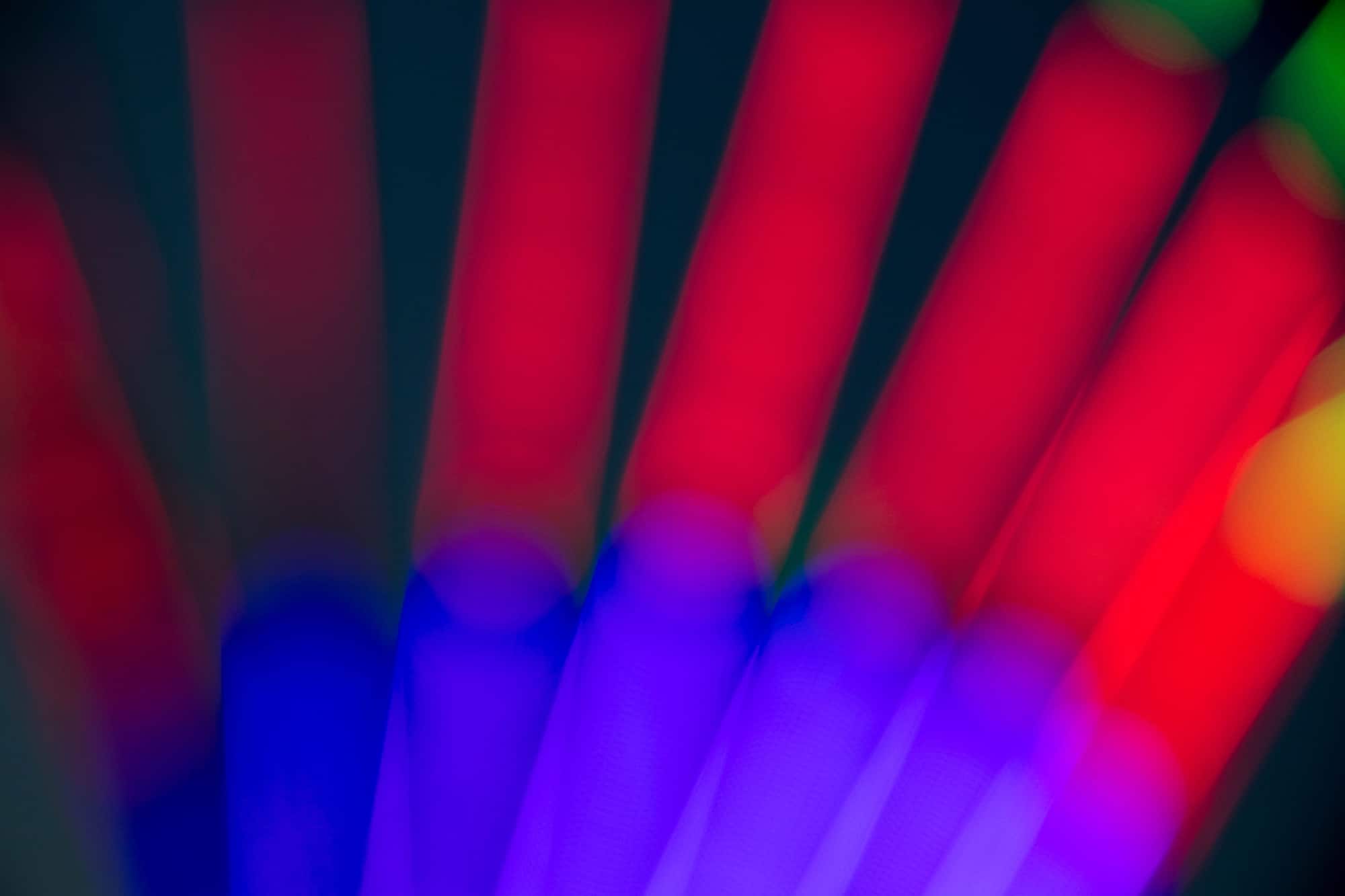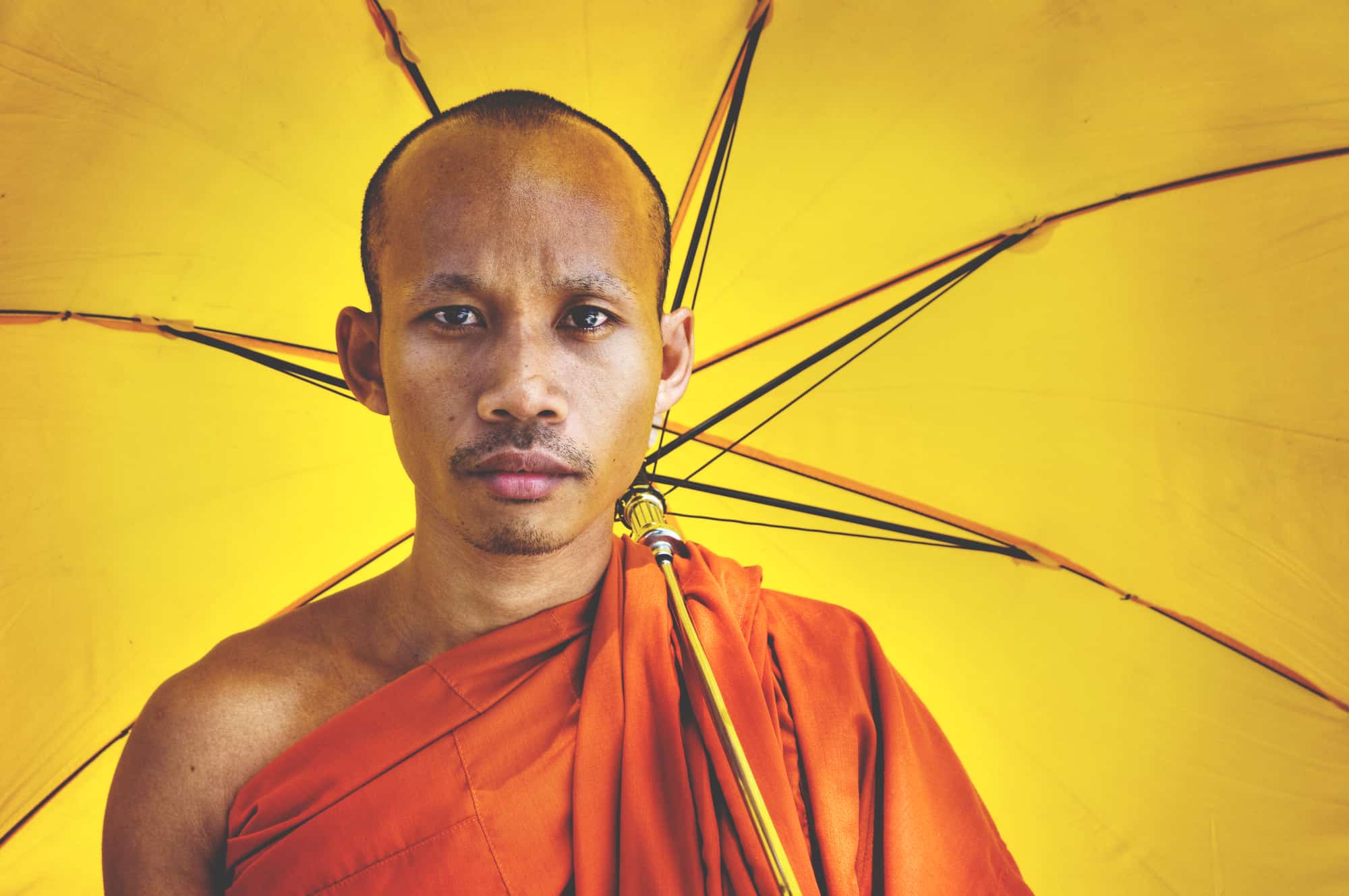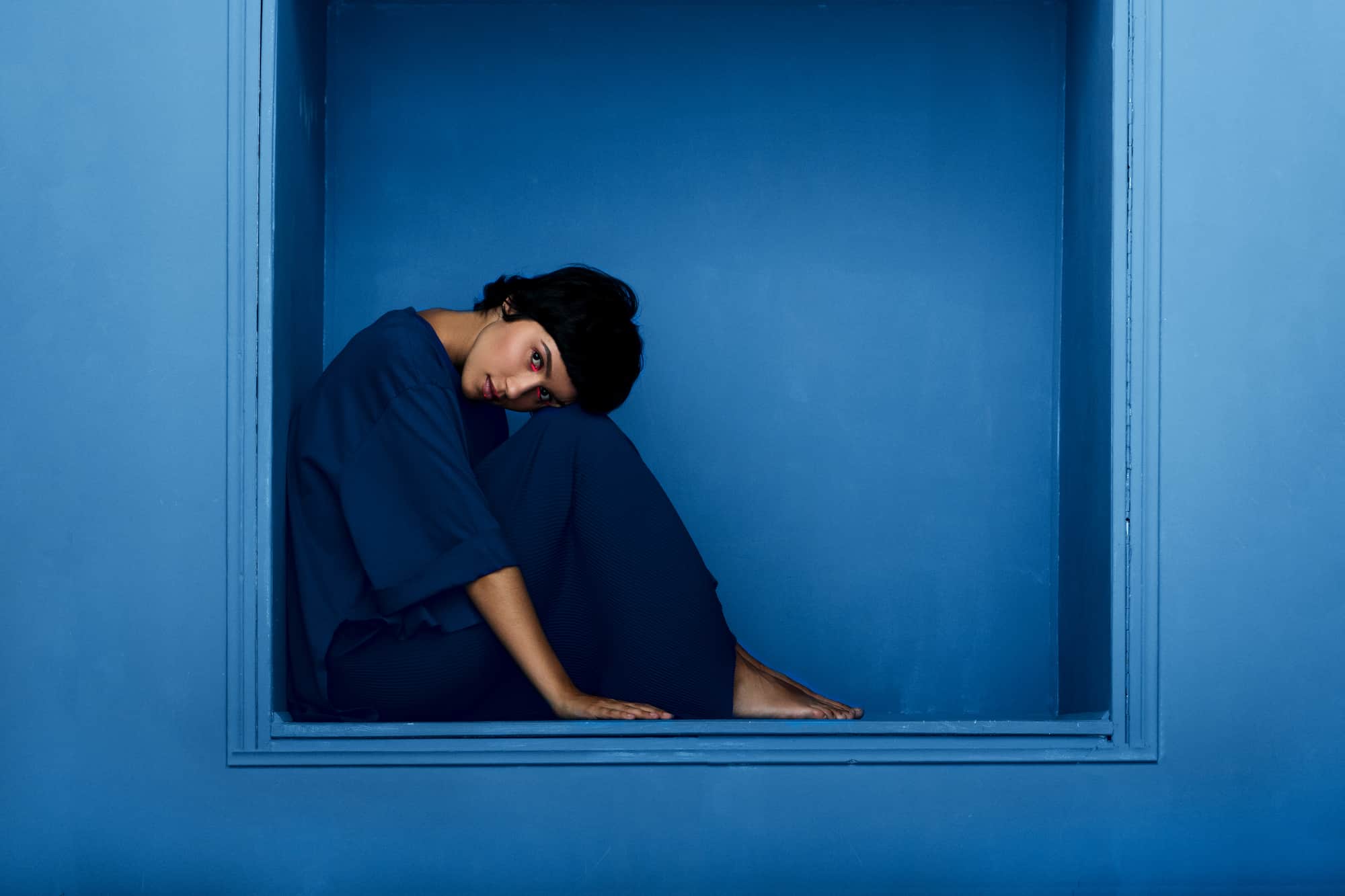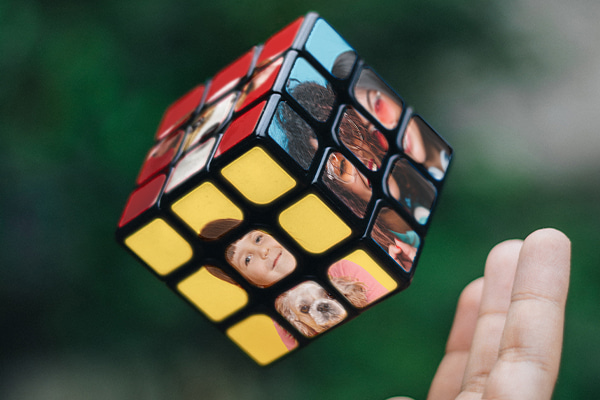
The Symbolism of Colors in Different Countries
Red
Red is considered the most intense color and greatly influences people’s emotional associations. Red represents a wide spectrum of feelings, emotions, and senses – love, passion, energy, anger, and even danger. Many warning signs are red, and traffic lights signal us to stop with the red light. It is also associated with excitement. Brands such as Coca Cola and YouTube use red as the primary color of their logos and branding. In Eastern cultures, the color red has a slightly different meaning. It symbolizes happiness, prosperity, and good luck, which is why it’s one of the most widely-used colors for traditional holidays and celebrations in Asia. Many brides wear red on their wedding day, unlike in Western cultures, where brides traditionally wear white dresses.Orange
Orange is the color associated with warmth, energy, fun, coziness, creativity, and enthusiasm. It also has a touch of freshness in its symbolism because of the fruit with the same name. Orange is an adventurous color which is associated with playfulness, youth, and joy (think about Nickelodeon or Fanta for example). However, color symbolism with orange varies in different countries. While in Western cultures orange has a strong association with autumn and holidays such as Halloween, in many Eastern cultures orange represents humility as well as happiness. Buddist monks wear orange robes, and in Hinduism orange is considered a sacred color.
Yellow
Yellow is a color with one of the most varied and even opposing meanings out there. It is strongly associated with sunshine, happiness, joy, optimism, and childhood. At the same time, it is often used as a warning sign, and symbolizes danger, fear, cowardness, and deceit. For example, we call irresponsible and poor journalism ‘yellow’. It is also used by many fast food companies as a bright color that evokes appetite – for instance, McDonald’s logo and branding. The meaning of the color yellow depends both on the culture and the hue of the color. Light yellow shades are associated with relaxation in many countries. Bright yellow sometimes symbolizes jealousy in Western culture and in Eastern culture this color means good luck.Green
Green is a beautiful and relaxing color that symbolizes life, nature, environment, growth, fertility, calmness, and renewal. However, it has a contrasting meaning in Western culture where green is associated with money and wealth. Sometimes green is also a symbol of greed and jealousy. What’s more, we can call someone ‘green’ meaning they are new to something or inexperienced. Green represents action as we drive and walk when traffic lights switch to green. In some Eastern countries the color green symbolizes youth, renewal, and eternity, but at the same time can indicate disloyalty or betrayal. Chinese men usually avoid wearing green hats as they are widely perceived as a symbol of a cheating wife. Green is a sacred color in Islam, seen as a symbol of the prophet Muhammad. In many Middle Eastern countries, green is a very appreciated color that symbolizes respect. In Mexico green is a part of the national flag. There, it’s a color that represents independence and freedom.
Blue
The blue color symbolizes pretty diverse things. On one hand, blue represents serenity, calmness, peace, and imagination. On the other hand, in Western cultures, the color is widely considered to represent melancholy, loneliness, and depression. There, blue is also associated with stability and security, which is why many American and European banks use this color in their design and logos. Facebook, Twitter, and Skype also have blue logos to show their reliability. Blue is a highly spiritual color that symbolizes intuition, freedom, and wisdom. In Catholic countries blue is a symbol of the Virgin Mary and represents divinity and hope. In Hinduism, blue is a color of Krishna, hence it’s strongly associated with love, joy, and immortality. The color blue is believed to protect from evil forces in countries such as Greece and Turkey. While in many Western countries blue is associated with masculinity (‘blue is for boys, pink is for girls’), in China the color blue is a symbol of femininity.Purple
Purple is the color that is widely associated with royalty, nobility, power, fame, luxury, and majesty, especially in Western countries. Purple color dye used to be very rare and expensive for centuries, and purple clothes were worn by royal families and aristocrats for a long period of time. The color purple also represents magic, mystery, and spirituality, and is considered important in many religions. In Buddhism, historically only monks with the highest rank wore purple robes, and in Catholicism, purple is associated with penitence. In some countries across the world, purple is considered a mourning color along with black. For example, people dress in purple to attend funerals in Brazil, Thailand, and even India.






